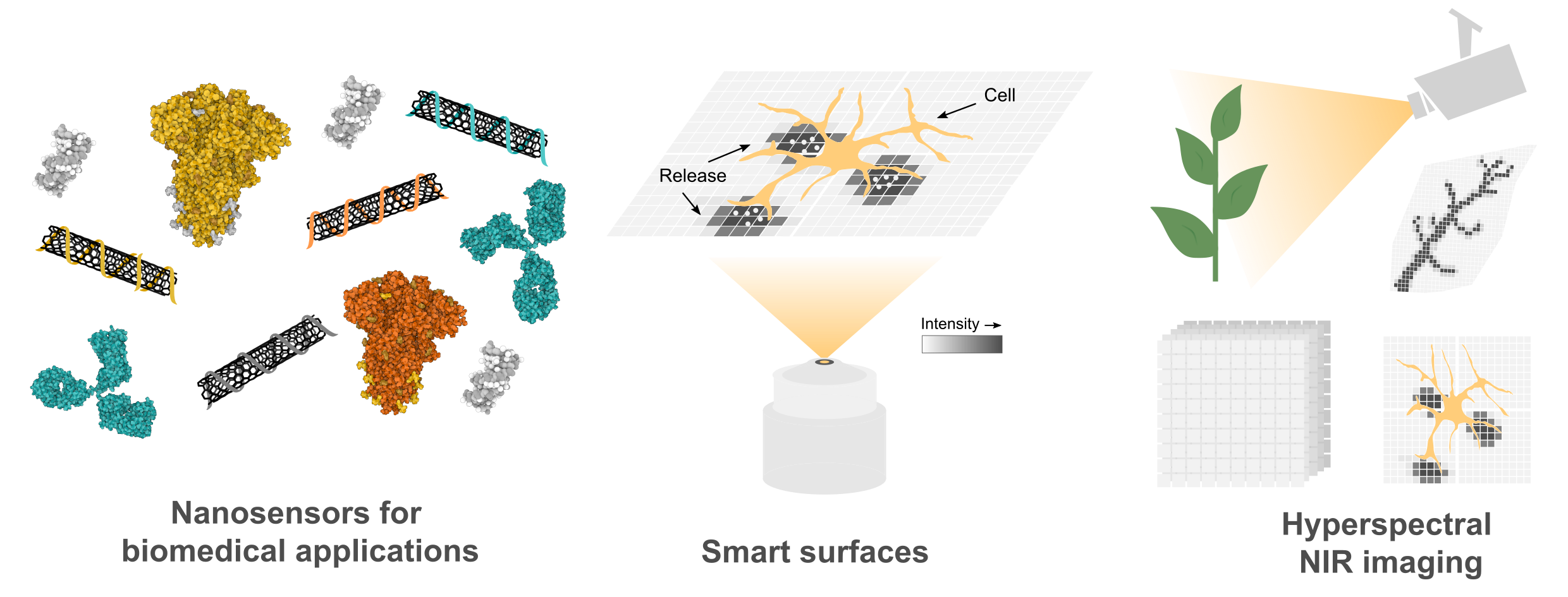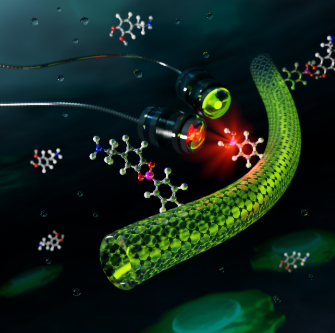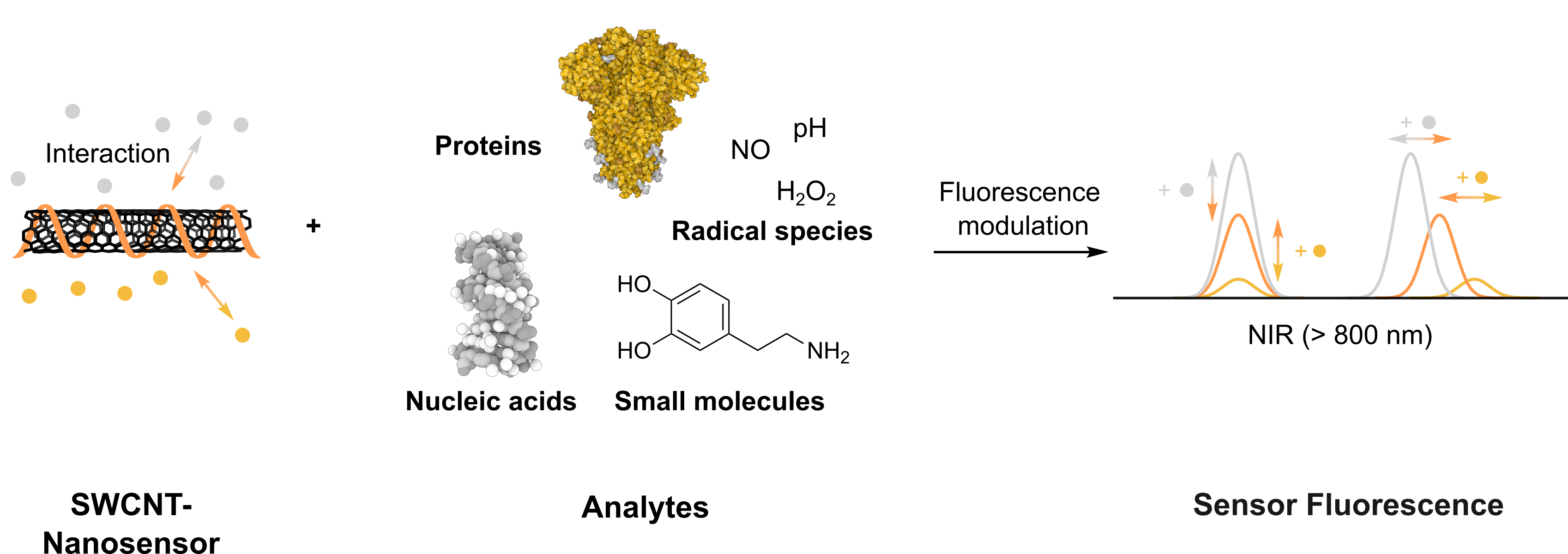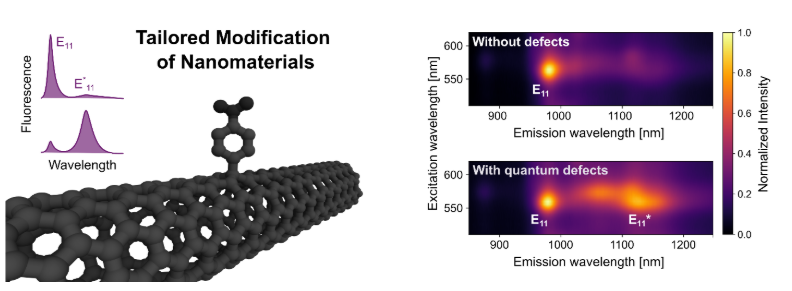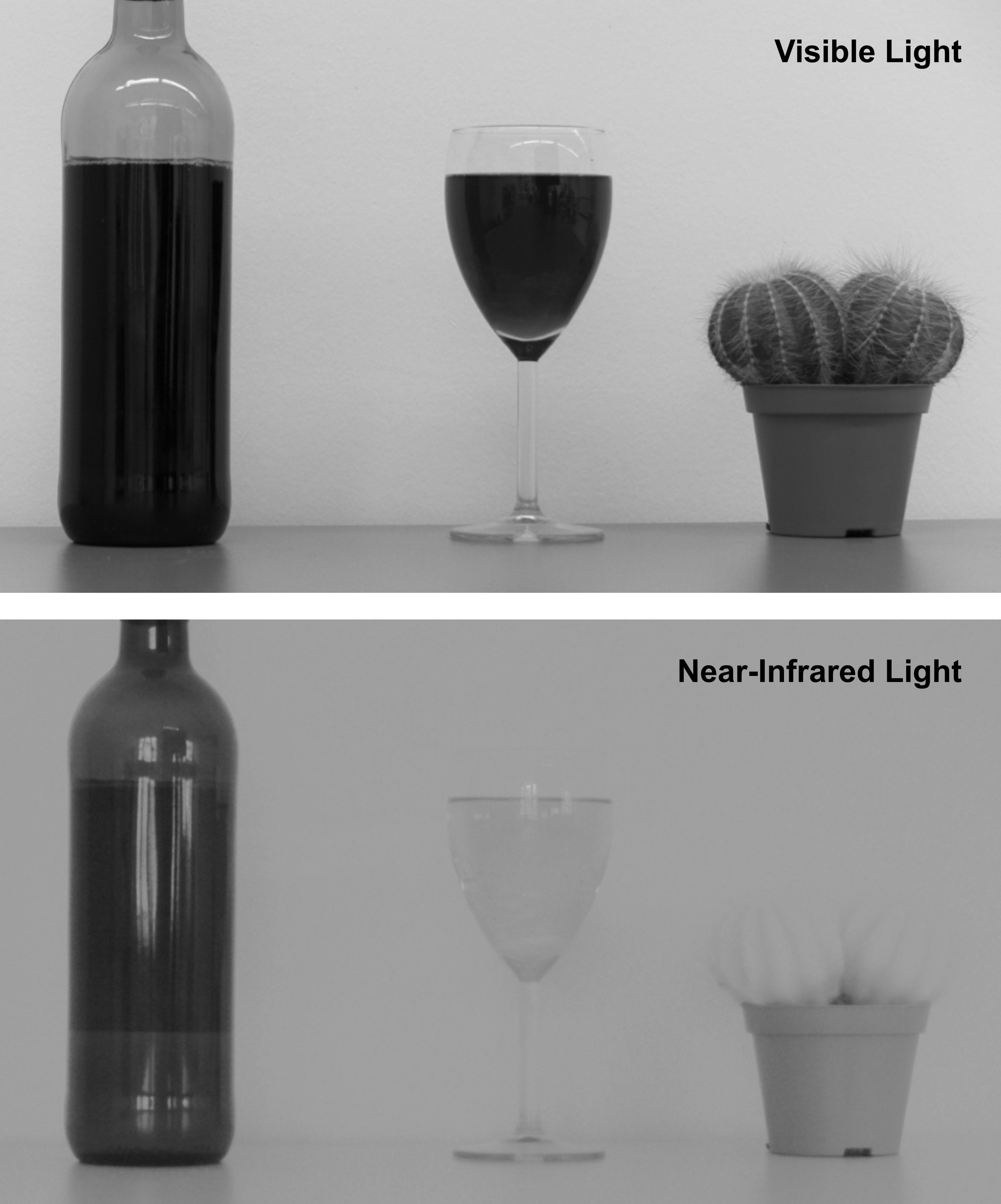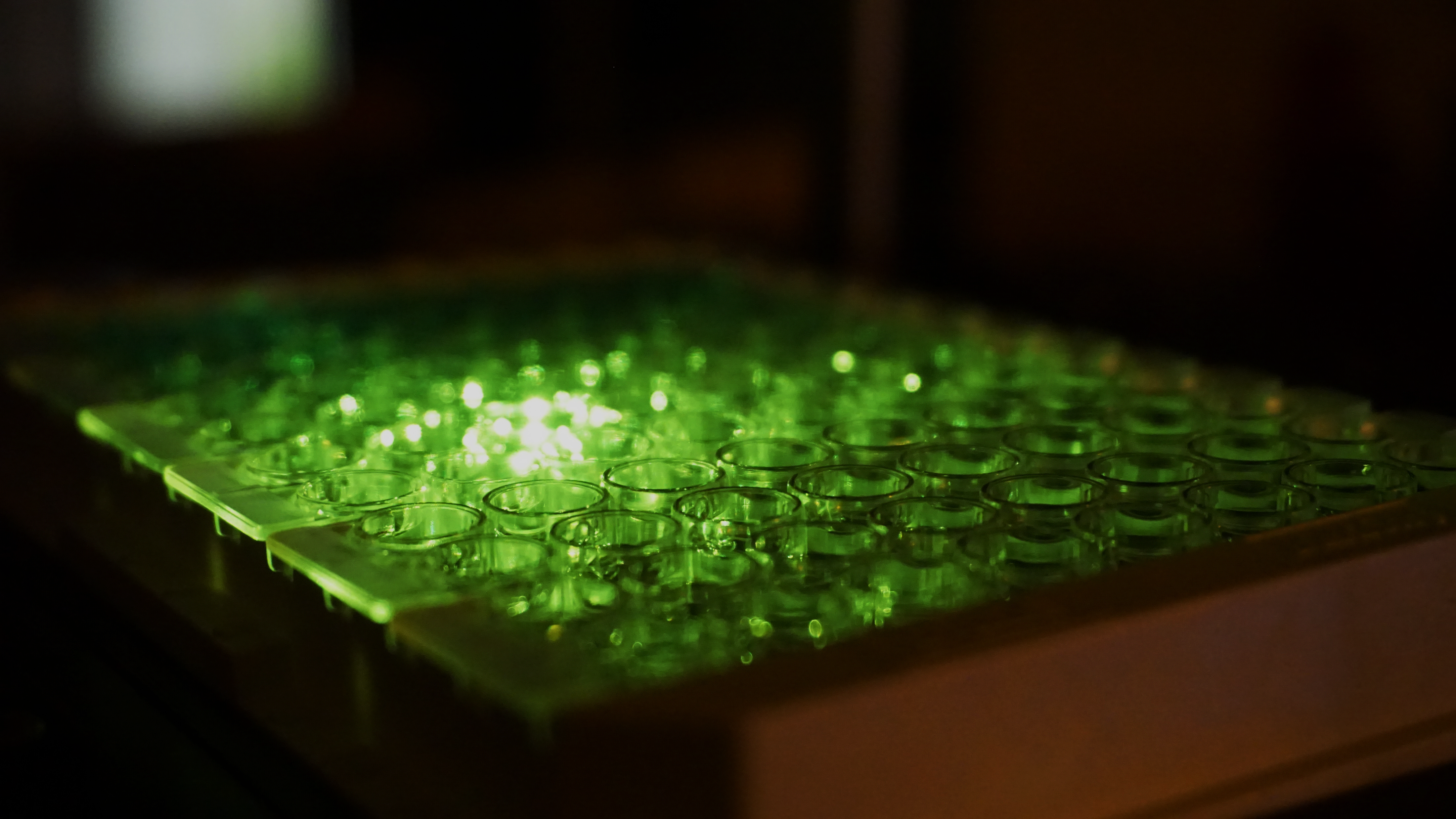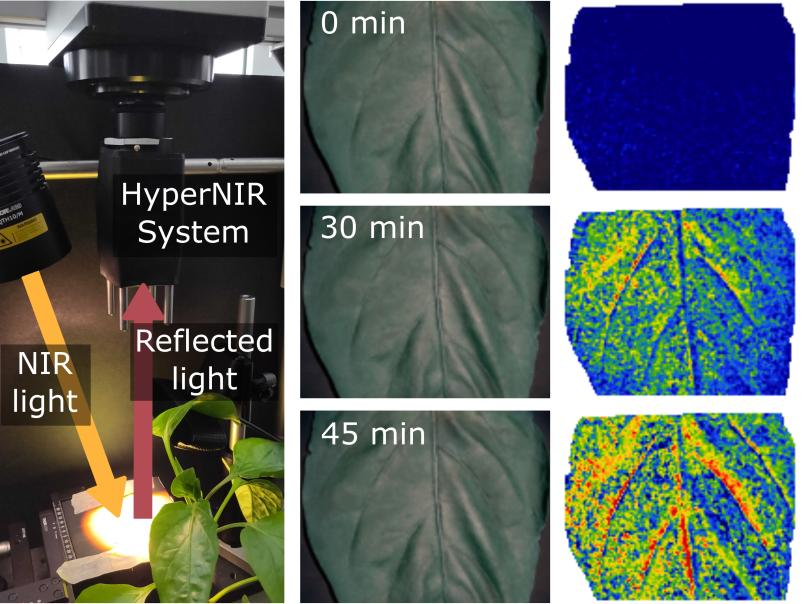The rapid and specific detection of chemical species is one of the key technologies of the 21st century. It presents the basis for advances in molecular diagnostics, personalized medicine, and environmental monitoring. In medical diagnostics, the analysis of tissues and biological fluids such as blood or saliva plays a central role for the detection of infections or the monitoring the of diseases and treatment plans. That said, sensors for these areas are essential tools for the rapid detection of pathogens and pollutants or for process control in chemical and biotechnological processes. The urgent need for flexible, sensitive detection solutions has become particularly apparent during the SARS-CoV-2 pandemic.
At Fraunhofer IMS, we develop sensors for medical use that can provide valuable services in biological applications. One focus is on optical sensors that can measure through tissue or body fluids such as blood or saliva without direct contact. They use special fluorescence signals in the near-infrared range (780-2400 nm), which can be detected through deeper layers if tissue. This allows important information about a person's state of health to be recorded quickly and accurately and can be used for the detection of infections, the monitoring of disease progression, or to support individual therapies.

